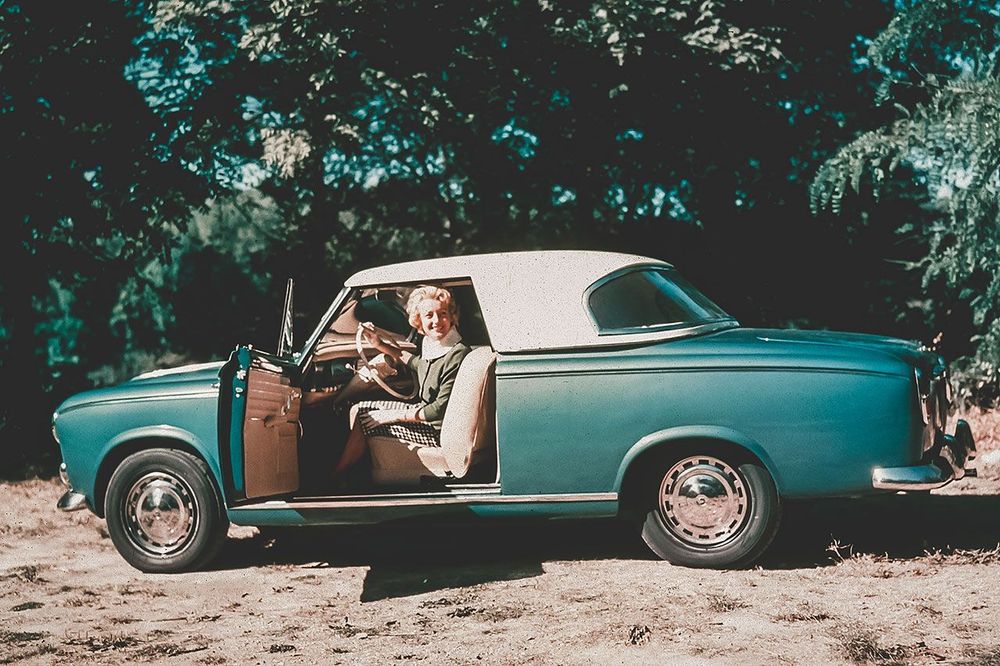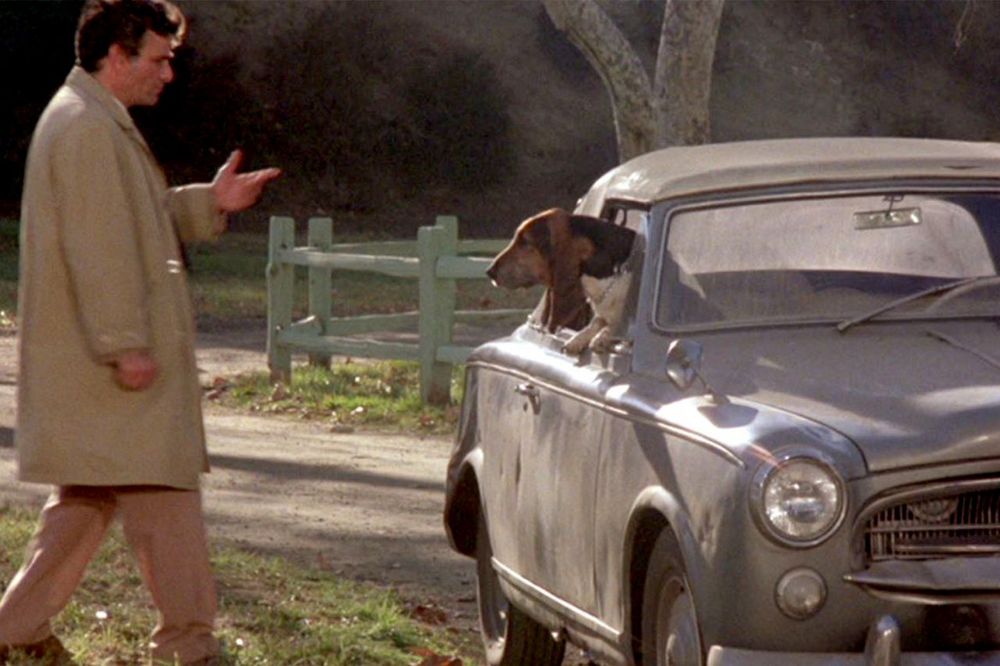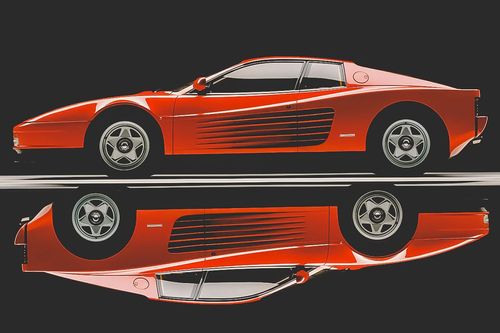As seen on TV! #1
35 years ago there were no car programs, nor were there 100 channels to choose from.
We were free to choose between RTP 1 and RTP 2, but only until dinner, because after that there was only one channel left. So we knew that the neighbor, the grandmother, the cousin, the boss and everyone was seeing the same thing as us. We felt united by “1,2,3!”, by soap operas and television series.
For the car enthusiast, there were free Formula 1 broadcasts, but no other programs were dedicated to his passion. That's why, when watching any series, people like us noticed the cars more than the plot. While the wife was outraged by the indecent way in which J.R. Ewing treated his family, the husband was shocked by the aesthetic impact of the long bumpers and American optics on the once elegant lines of the Mercedes-Benz SL R107. When watching “Model and Detective”, it was impossible not to think twice about Cybill Shepherd but, although she is past her prime, the BMW 635 CSI maintains one of the best silhouettes of the time.
For most spectators, the cars were just another prop, while for enthusiasts they were the main actor. This explains why we were so demanding of them and their roles. Even in series where cars were intentional protagonists, their performance was rarely satisfactory for those who love cars. The idea of there being a conversational Pontiac Trans Am with a sense of humor wasn't anything that irritated us, but hearing tires screeching on the ground was already too far-fetched to accept!
Regardless of the quality of each program, we were more likely to memorize the models used in the scene than the names of the actors. Inexplicably, there was an almost childish fascination in seeing images of a car in action, especially when it was a European model that we knew up close. As attractive as a Dodge Charger might seem to us, the probability of us seeing one was as great as taking Daisy Duke to dinner without getting punched twice by her little cousins.
In national productions, it was easier to find models that we identify with, but for now, we have chosen five models who were stars in North American and British series.
Peugeot 403 Cabriolet 1958-1961
Why this model?
In television series and films, even when seen as a simple prop, cars can be fundamental in helping to characterize a character. Sports cars or convertibles indicate an extroverted type, large saloons or limousines indicate more serious or even arrogant characters, while a jeep or motorbike refers to relaxed and fun people. In Columbo's case, the decrepit Peugeot 403 was essential to characterize an unkempt individual, but peculiar in his way of being. The Peugeot 403 is an unusual choice as a classic and much more as an everyday car, as was the case with the famous inspector. The battered French car, the rumpled raincoat and the Basset Hound called “Dog” were fundamental features of Columbo's profile that helped distinguish him from the upright and elegant style of a Hercule Poirot.
The character played by Peter Falk was that of a nice, friendly, distracted man with a lack of credibility, who made criminals underestimate him. This was until the detective ended the conversation with his typical phrase “Just one more thing…”, usually followed by a reasoning that implied that he was close to solving the case.
What to look for
Before filming the first season, carried out by Steven Spielberg, it was Peter Falk who selected the car from Universal Studios' stock.
One of the series' jokes was Columbo's constant concern about always parking his car in the shade so that the sun wouldn't damage the paintwork, which was practically non-existent. In the real world, it's equally difficult to find a 403 in good condition, let alone a Cabriolet. As with other convertibles from the brand, the price was 80% higher than that of the saloon, making it very exclusive, with just over 2,000 examples produced. Today the same thing happens, with the Cabriolet reaching €35,000 in price, in contrast to the Berline's €8,000. Mechanically, the two models do not differ, both using the well-known 1.5-liter 60hp engine. It was an evolution based on the 203 engine, with an “Alpax” head with hemispherical chambers. This model is not about speed, so look long and hard for signs of corrosion and, most importantly, ensure that model-specific parts are present and in good condition, as they are difficult and expensive to acquire.
What is it for
It's an elegant car, like most models designed by Pininfarina for Peugeot. Both the convertible version and the Berline and Familiale are excellent for relaxed trips, as they are comfortable and very reliable.
Profile of the “actor”
403 is like those senior actors who have so much screen presence that they don't need athleticism or a lot of makeup to capture attention. The 403 is a kind of Nicolas Breyner.
Alternative
In Poirot there is an episode with a chase scene in which the ultimate cinema cabriolet enters: an Alfa Romeo 8C 2900B Spider. If you have an offshore account that you are fed up with, this is a good bet.
Engine: 4 cyl. In line; forward longitudinal position; overhead valves; 1468cc;
Solex carburetor; 65 hp at 4900 rpm; Transmission: rear; 4 Vel. Man;
Brakes: front, drum; behind, drum. Without brake servo;
Chassis: 2-door, 4-seater steel monoblock;
Length: 4470mm; Wheelbase: 2667mm; Weight: 1383kg;
Maximum Speed: 130 km/h
Usage: 3
Maintenance: 4
Reliability: 4
Valuation: 4














